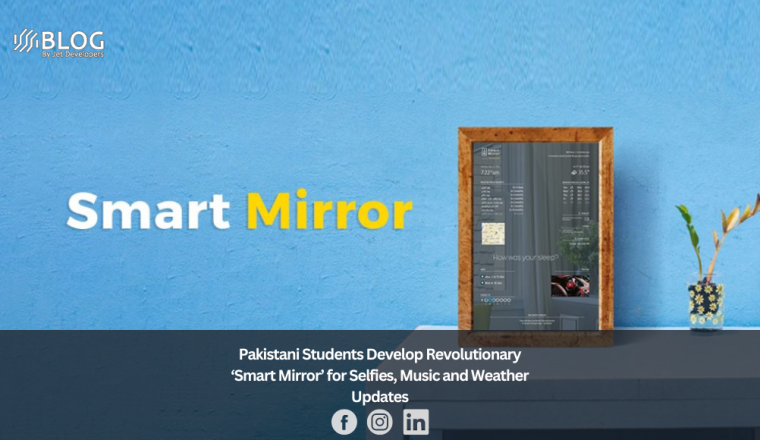World’s Smallest LED Will Convert Your Phone Camera into a Microscope
A research team from Singapore-MIT Alliance for Research and Technology (SMART) has created a silicon LED capable of transforming the camera on a mobile phone into a high-resolution microscope. This LED delivers a light intensity similar to larger silicon LEDs and was used to develop the world’s smallest holographic microscope, which has various potential applications.
The team also devised a neural networking algorithm to reconstruct objects captured by the holographic microscope. These networks, based on the signaling between neurons in the human brain, are a form of machine learning. This development removes the need for traditional, bulky microscopes, making it possible for their all-in-one chip to examine microscopic objects like microorganisms and tissue cells.
Successfully solving a challenge
The innovation paves the way for advancement in photonics – an area of technology that deals with studying and technological harnessing of light. The press release says that the building of a powerful on-chip emitter that is smaller than a micrometer has long been a challenge in the field, which the research team has had a breakthrough in.
Previously, scientists have struggled to place such on-chip emitters into standard complementary metal-oxide-semiconductor (CMOS) platforms, which is the semiconductor technology used in most chips today. In mobile phones, CMOS is used as the ‘eye’ of the camera.
The researchers think that this combination of CMOS micro-LEDs and their newly developed neural network can be applied in other areas as well, such as live-cell tracking or spectroscopic imaging of biological tissues.
“On top of its immense potential in lensless holography, our new LED has a wide range of other possible applications. Because its wavelength is within the minimum absorption window of biological tissues, together with its high intensity and nanoscale emission area, our LED could be ideal for bio-imaging and bio-sensing applications, including near-field microscopy and implantable CMOS devices,” said Rajeev Ram, a co-author of the paper. “Also, it is possible to integrate this LED with on-chip photodetectors, and it could then find further applications in on-chip communication, NIR proximity sensing, and on-wafer testing of photonics.”
Established in 2007, SMART was set up in collaboration with the Massachusetts Institute of Technology in Cambridge and is its largest international research endeavor.








